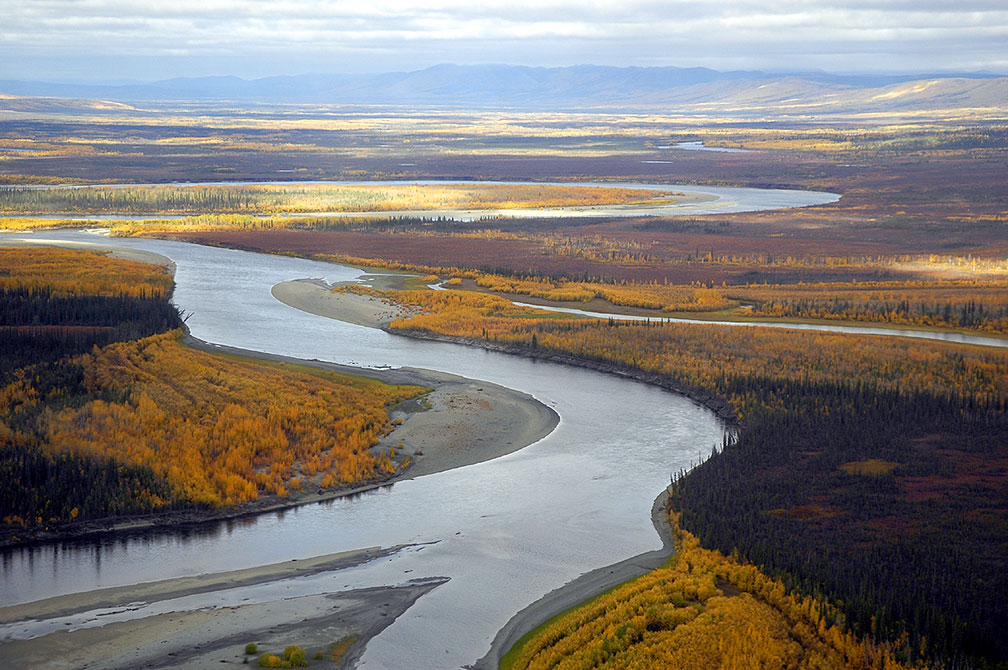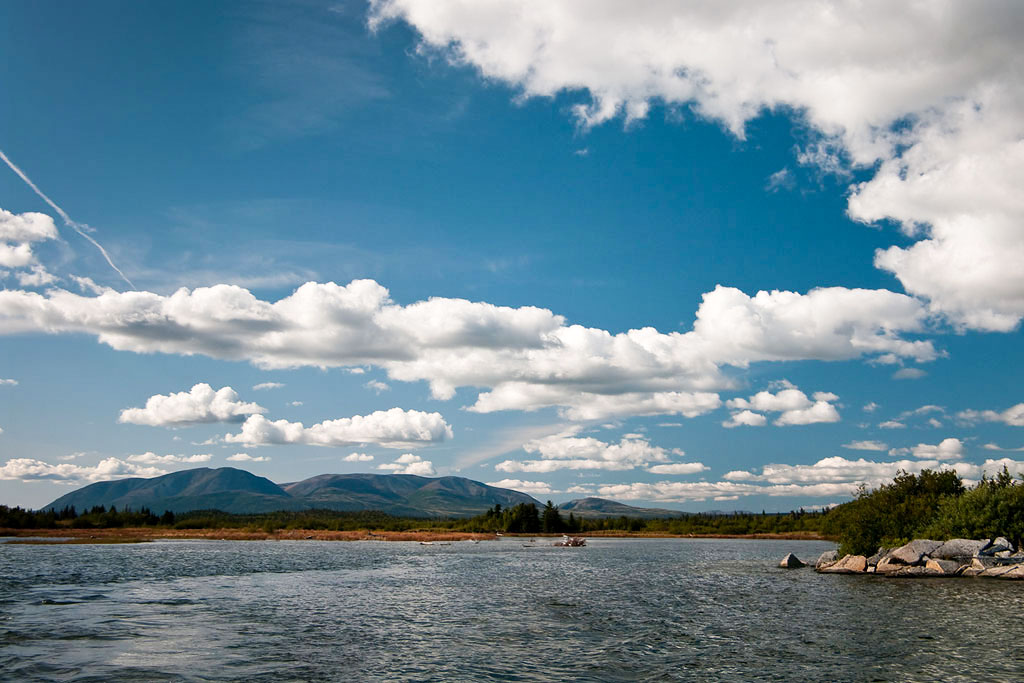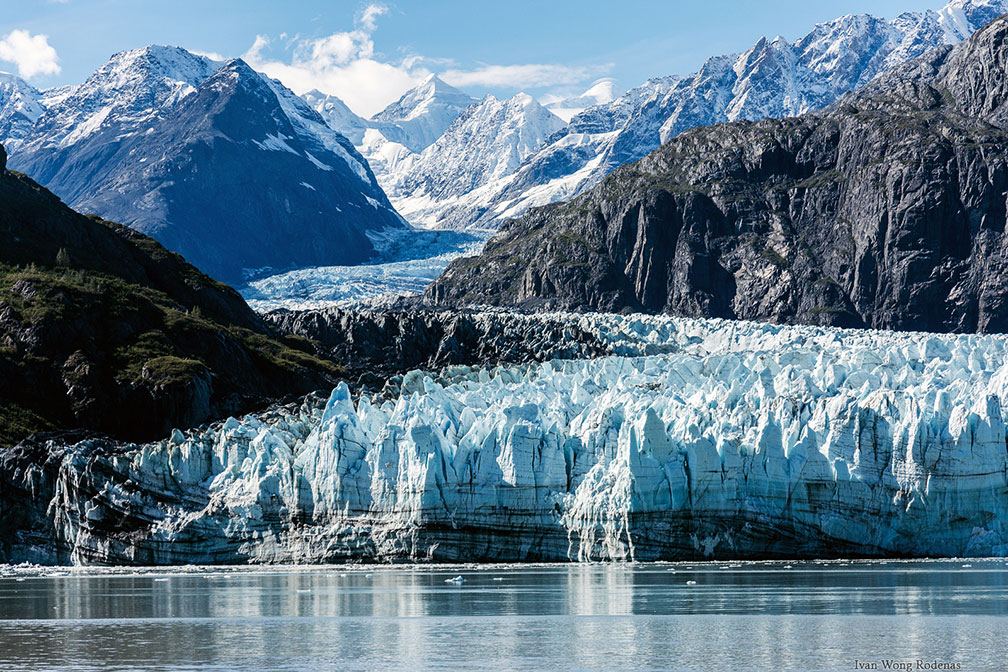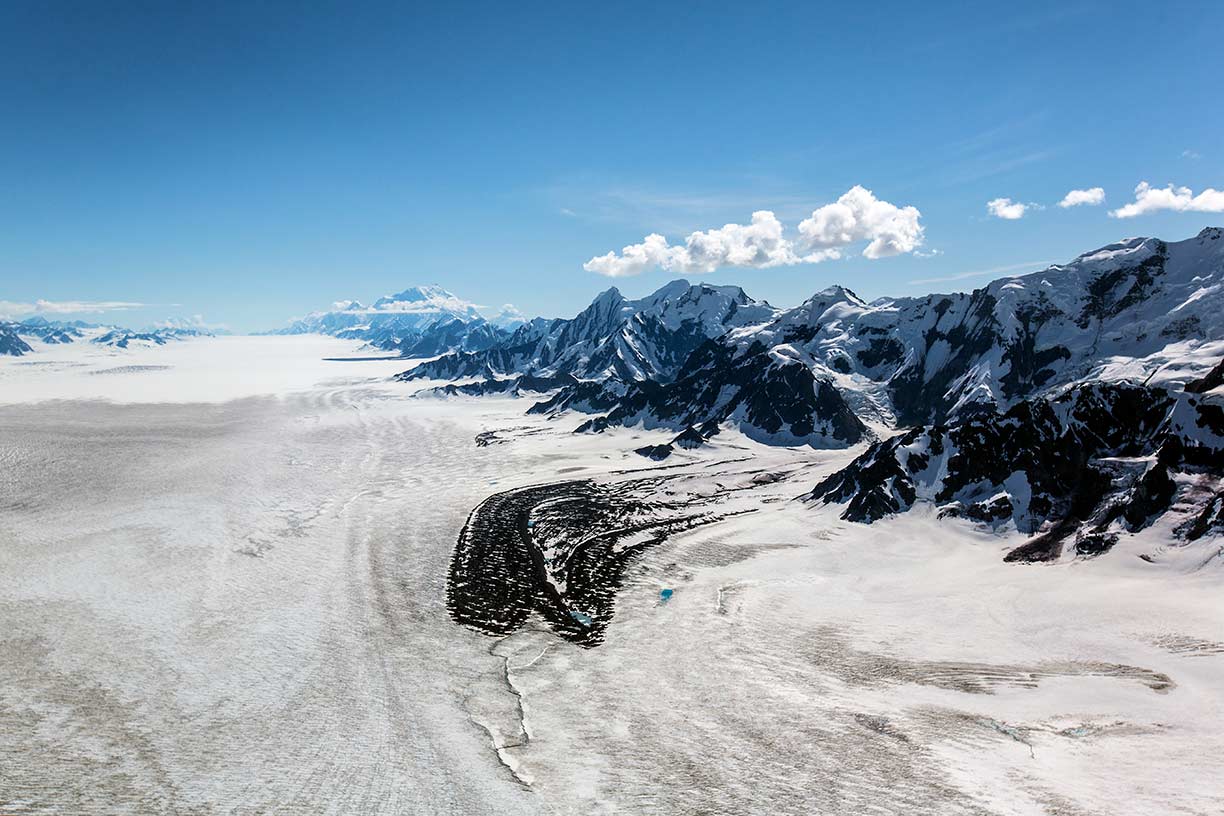Population
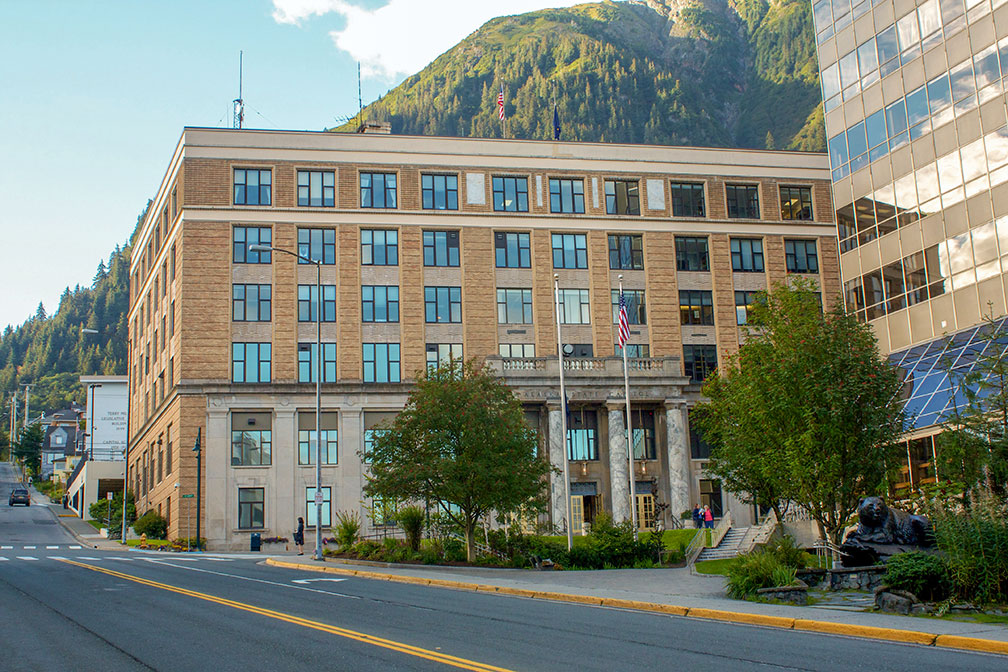 Alaska State Capitol in Juneau, Alaska's capital. The Art Deco style building houses the bicameral Alaska State Legislature.
Alaska State Capitol in Juneau, Alaska's capital. The Art Deco style building houses the bicameral Alaska State Legislature.
Image: Jay Galvin
The vast territory of Alaska has a
population of just 732,673 people (est. 2021)
[8]; it is the third least populated state in the United States. The capital is
Juneau; the city is located in the Alaskan panhandle in the southeast region (Inside Passage). The largest and most populous city is
Anchorage, a seaport in southern Alaska, on Cook Inlet, a branch of the Gulf of Alaska (Pacific Ocean).
Race and Ethnic groups
Alaska's population is composed of White American 60%, Alaska Native 15.6%, Hispanic or Latino 7.3%, Asian 6.5%, and African American 3.7%.
[9]
Cities and Towns in Alaska
The map shows the location of the following cities and towns in Alaska:
Largest cities in Alaska with a population of more than 10,000:
Anchorage (292,000), Fairbanks (32,000), Juneau (31,000), Badger (Fairbanks MSA), Knik-Fairview (Anchorage MSA), and College (Fairbanks MSA).
Major Airports in Alaska
Busiest airports are
Ted Stevens Anchorage International Airport (
IATA code: ANC;
airport website)
Fairbanks International Airport (
IATA code: FAI;
airport website)
Juneau International Airport (
IATA code: JNU;
airport website)
Other cities and towns in Alaska:
Adak, Attu, Barrow, Bethel, Bettles, Chignik, Circle, Council, Dillingham, Galena, Gambell, Glennallen, Holy Cross, Homer, Hooper Bay, Kenai, Ketchikan, King Salmon, Kodiak, Kotzebue, Koyuk, Livengood, Manley Hot Springs, Nenana, Nome, Nuiqsut, Palmer, Prudhoe Bay, Selawik, Seward, Sitka, Skagway, Taylor, Teller, Tok, Unalakleet, Unalaska, Valdez, Wainwright, Wrangell and Yakutat.

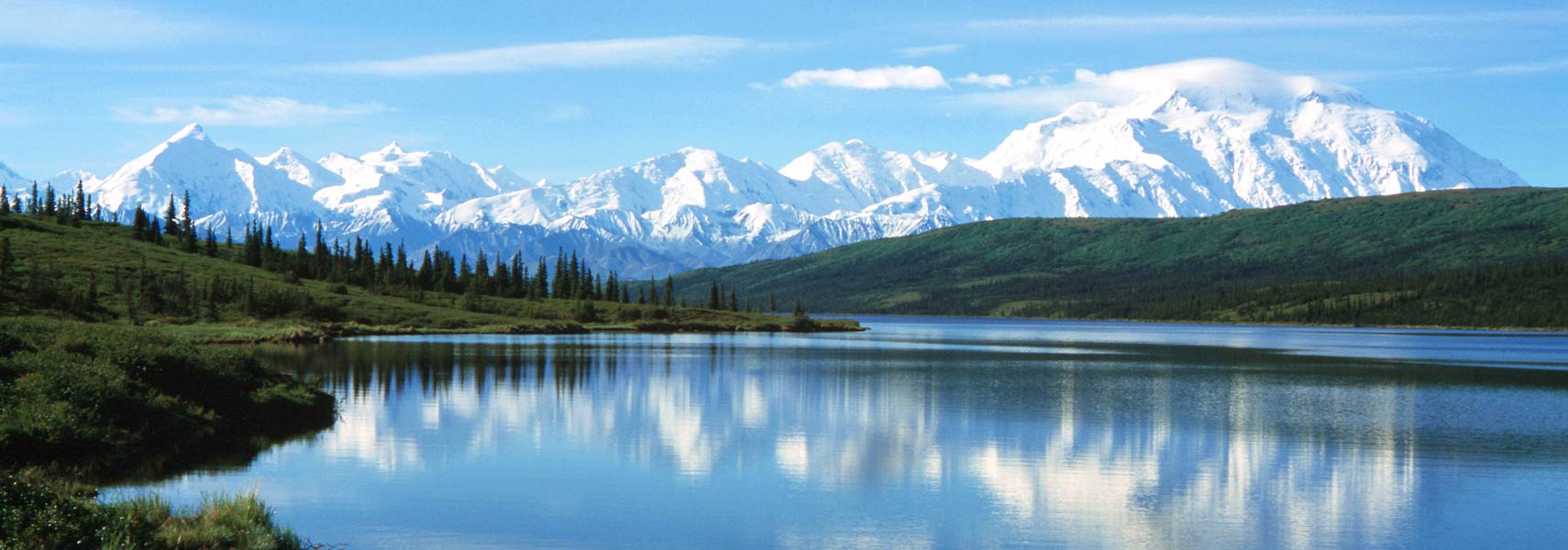
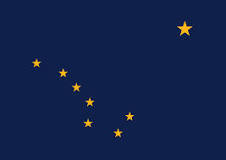
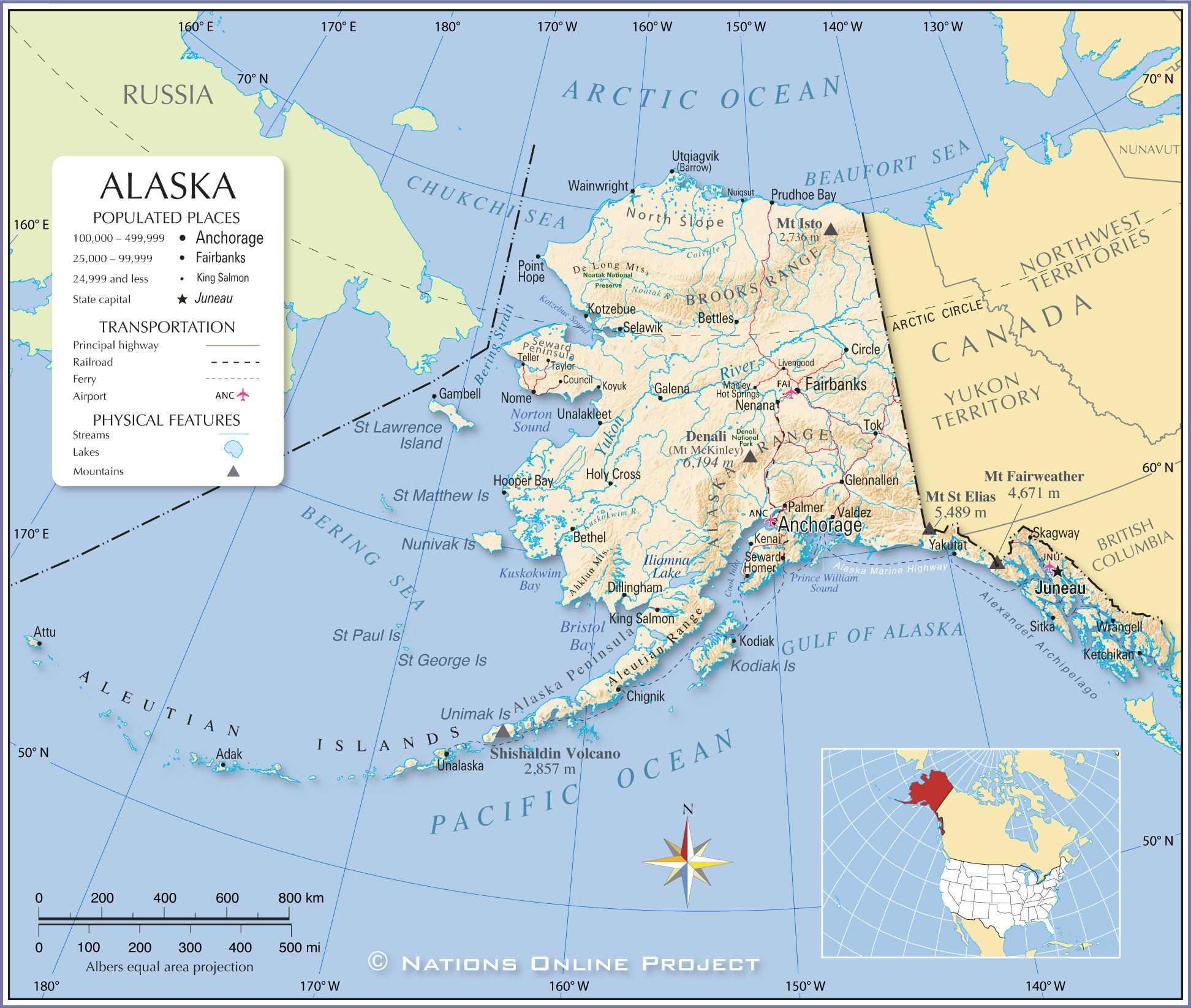

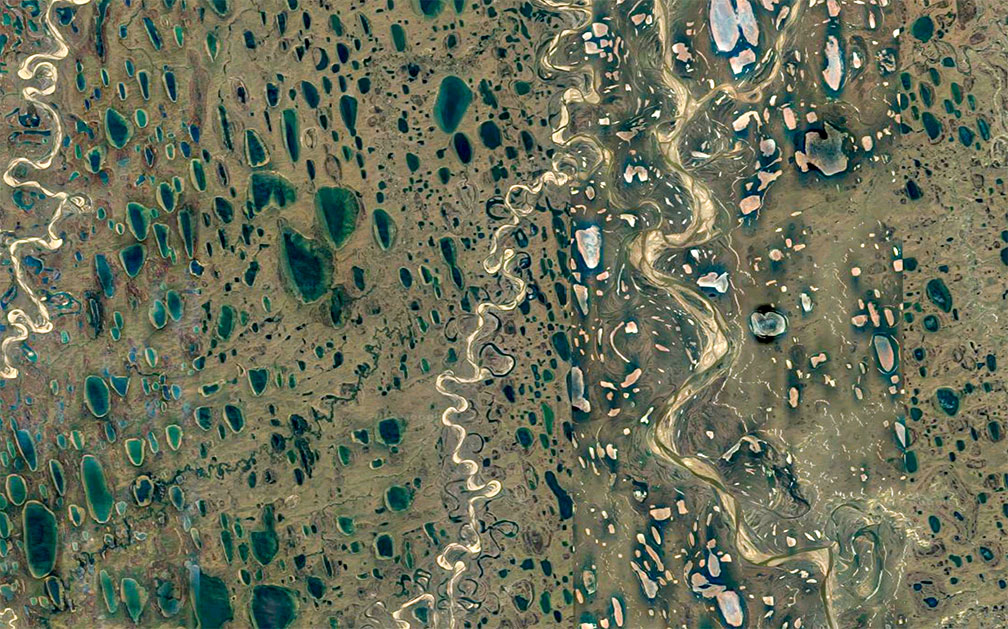 A work of art. Satellite view of permafrost thaw ponds and creeks in the great expanse of flatlands north of the Brooks Range in Alaska's Far North. (click image to enlarge)
A work of art. Satellite view of permafrost thaw ponds and creeks in the great expanse of flatlands north of the Brooks Range in Alaska's Far North. (click image to enlarge)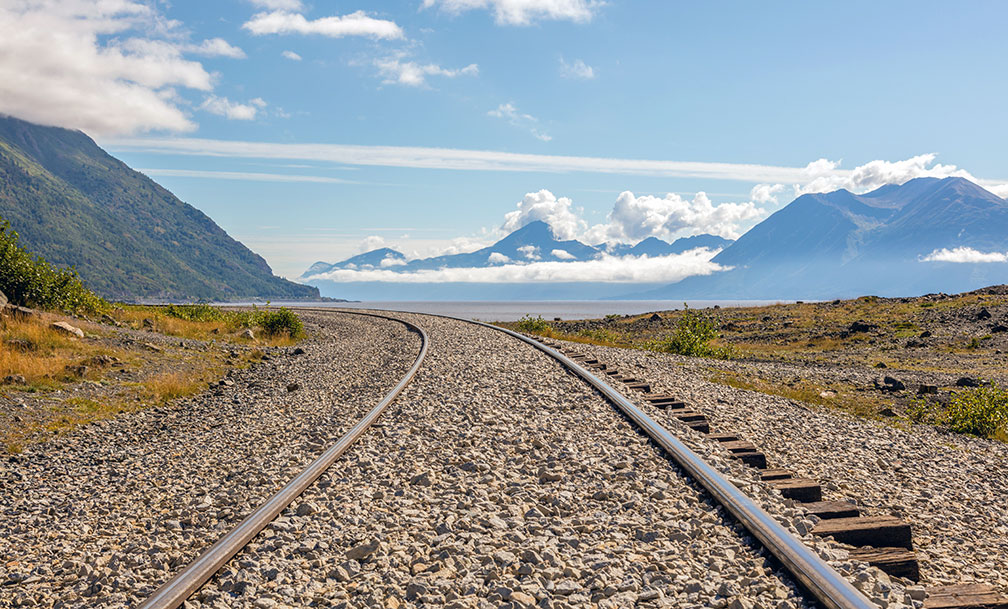
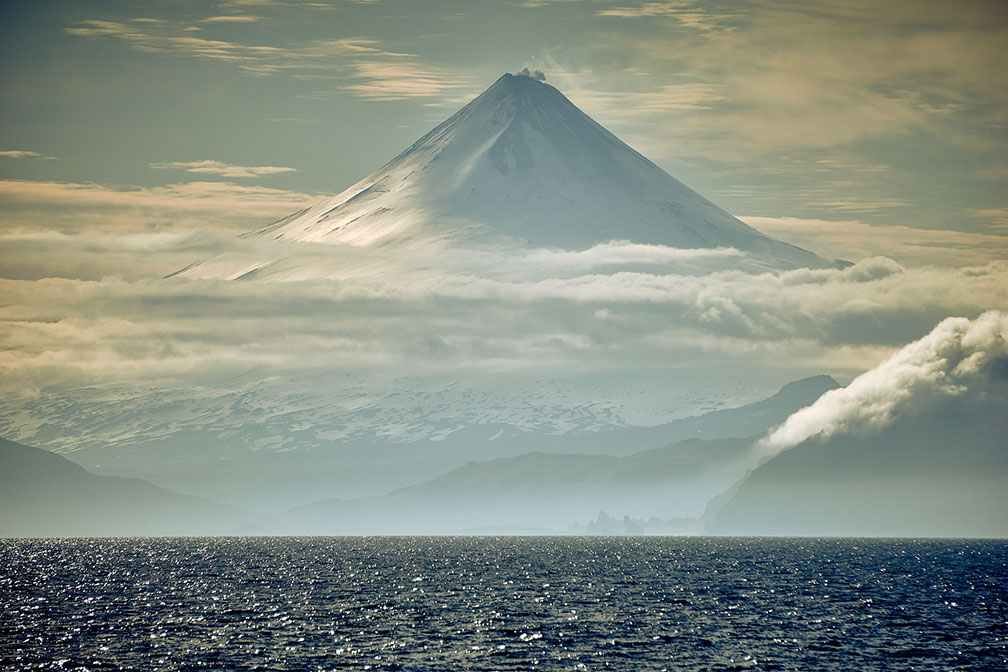 Shishaldin, an active volcano on Unimak Island in the Aleutian Islands. It is probably the most symmetrical cone-shaped glacier-clad large mountain on the planet.
Shishaldin, an active volcano on Unimak Island in the Aleutian Islands. It is probably the most symmetrical cone-shaped glacier-clad large mountain on the planet.